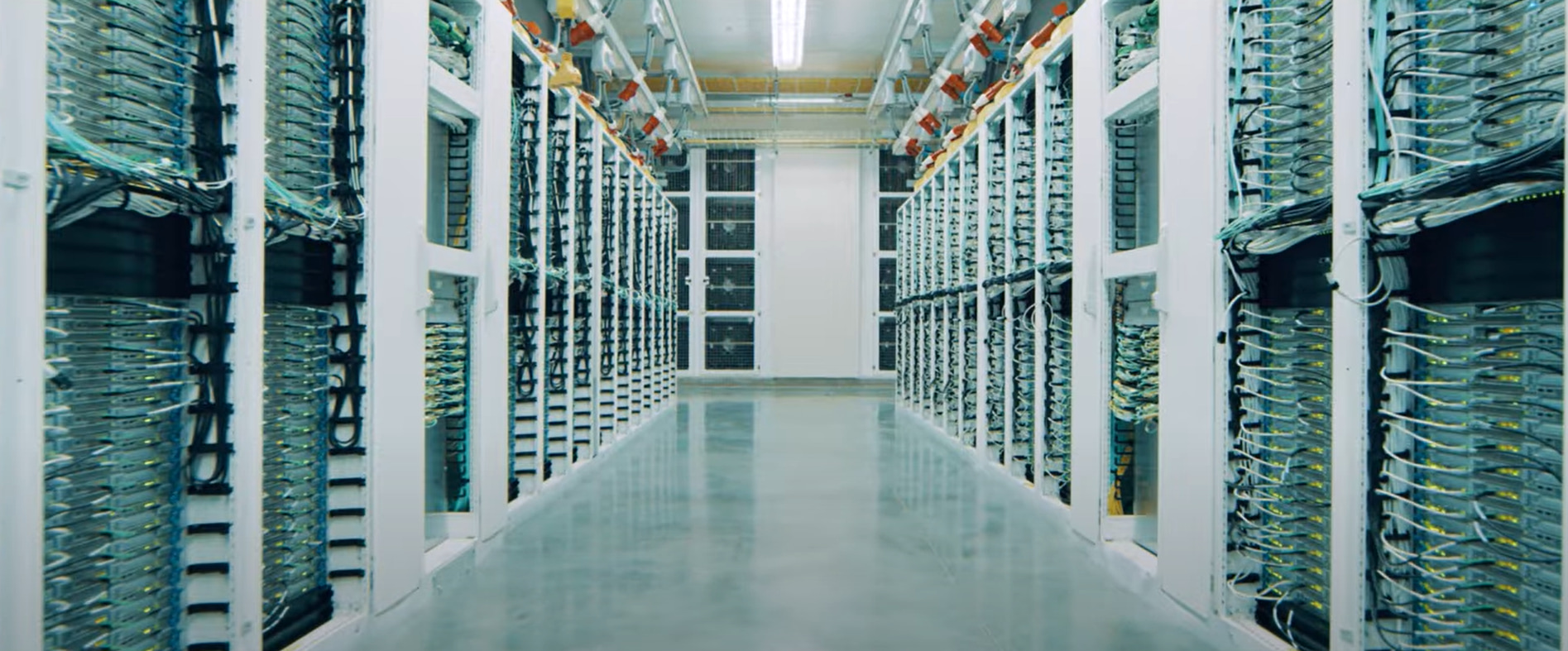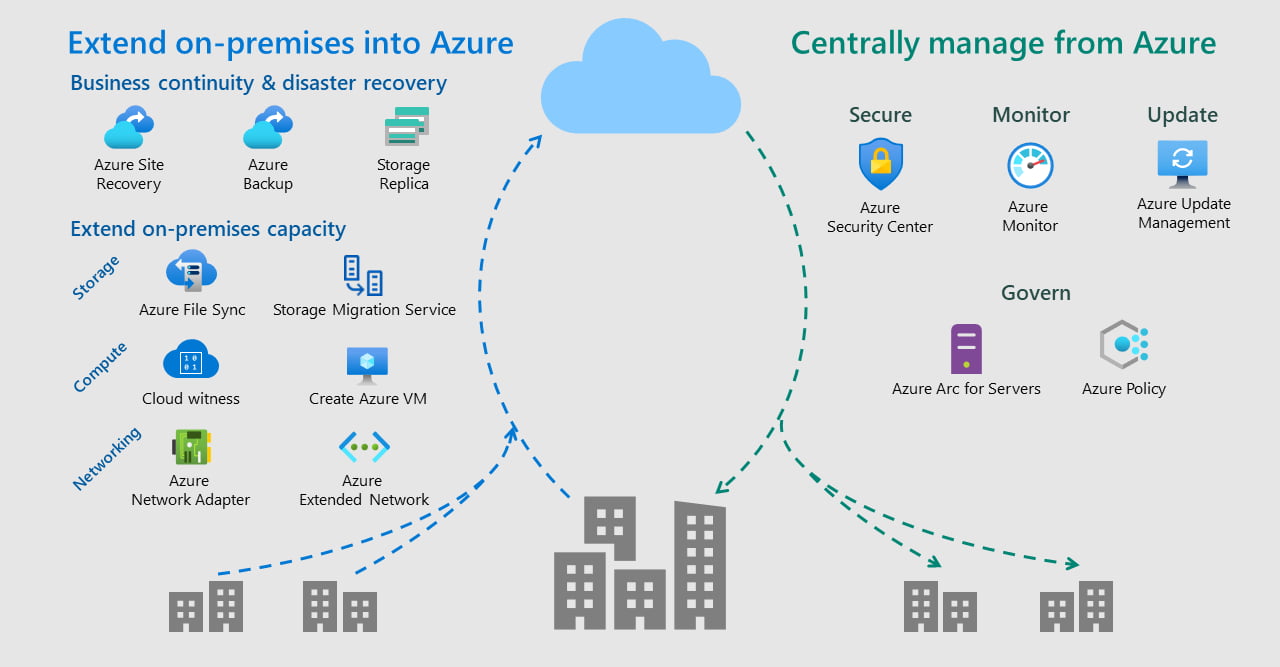The world of technology is constantly evolving, and data centers are no exception. Over the years, we have witnessed how servers have evolved from traditional hardware appliances to hyperconverged solutions that optimize IT infrastructure. In this article, we will explore the different types of data centers and how they have evolved to adapt to the needs of businesses in the digital age.
Types of data centers
There are several types of data centers, and each is tailored to the specific needs of organizations. The following is a classification of data centers according to their characteristics and functions:
1. Enterprise data centers: these data centers are owned and operated by the same company that uses them. They are usually located on the organization's premises and are designed to meet the specific needs of the company.
2. Colocation data centers: In these data centers, companies lease space to house their servers and other IT equipment. The company that owns the data center is responsible for the maintenance and security of the infrastructure, while the company that rents the space is responsible for its own servers and equipment.
3. Managed data centers: These data centers are similar to colocation data centers, but offer additional services, such as management and maintenance of servers and IT equipment by the company that owns the data center.
4. Cloud data centers: These data centers offer IT infrastructure services over the Internet. Companies can access the computing, storage and network resources they need without having to invest in their own hardware and maintenance. One example of this technology is Microsoft's cloud platform, Azure, which offers a wide range of services and solutions to help businesses build, deploy and manage applications and services in a global cloud environment.
With the adoption of different types of data centers, organizations are challenged to meet increasing demands on IT resources. This situation has driven a transformation in the way data centers are organized and managed, moving towards the implementation of hyper-converged infrastructures, which offer significant improvements in efficiency and versatility in resource management.

The transition to hyper-converged infrastructure and Microsoft solutions
The quest for an optimized infrastructure across all types of data centers has driven the development of hyper-converged solutions. Hyper-converged infrastructure unifies compute, storage and network resources into a single system, making it easier for companies to simplify the management of their systems and reduce operating costs.
Microsoft offers a series of solutions that facilitate the adoption of hyperconverged infrastructures, among them:
1. Hyper-V: This is Microsoft's server virtualization technology, which allows organizations to create and manage virtual machines to optimize the use of hardware resources and improve workload management efficiency.
2. Direct Storage Spaces: A software-defined storage solution that allows local disks from multiple servers to be combined into a single cluster, providing greater scalability, performance and resiliency.
3. Failover clusters: These are groups of servers that work together to ensure high availability and fault tolerance, allowing applications and services to continue running in the event of a failure in one of the servers in the cluster.
4. Software-defined networking: This technology enables centralized and automated configuration, administration and optimization of networks, improving flexibility and control of networks in hyper-converged environments.
5. Windows Admin Center: This is a centralized administration tool that makes easier the management of servers, clusters, networks and storage in hyper-converged environments, providing a unified and simplified administration experience.
6. Connection to Azure Hybrid Services: This solution enables the integration of local infrastructure with the Microsoft cloud, facilitating the management and monitoring of hybrid resources, as well as the implementation of cloud services, such as backup and disaster recovery.

Azure Hybrid Services in Windows Admin Center
7. Azure Stack HCI: A hyperconverged solution that combines the performance and scalability of on-premises infrastructure with the agility and flexibility of the cloud, providing an ideal platform for modernizing and simplifying IT infrastructure in both data centers and branch offices.
By adopting hyper-converged infrastructure and Microsoft solutions, organizations can manage their IT resources more efficiently and adapt quickly to changing business needs. The evolution of servers in data centers has enabled companies to adapt to the growing demands on IT resources and improve the efficiency of their infrastructures, ensuring that data centers continue to meet the needs of organizations in the digital age. If you want to achieve a more efficient infrastructure in your organization, contact us.